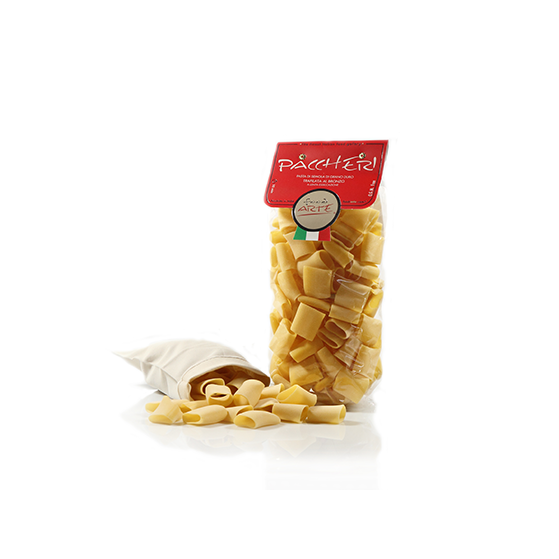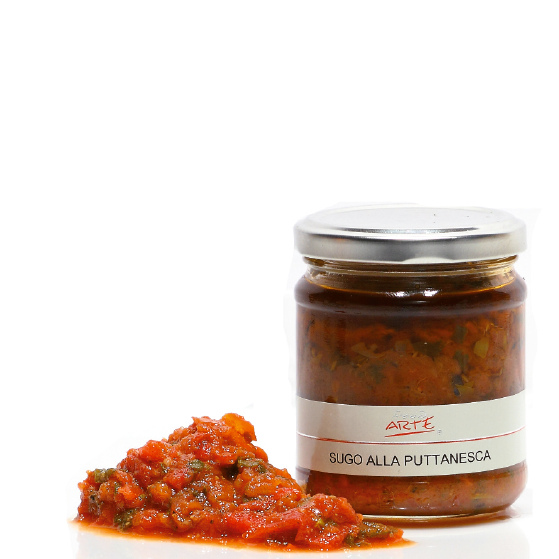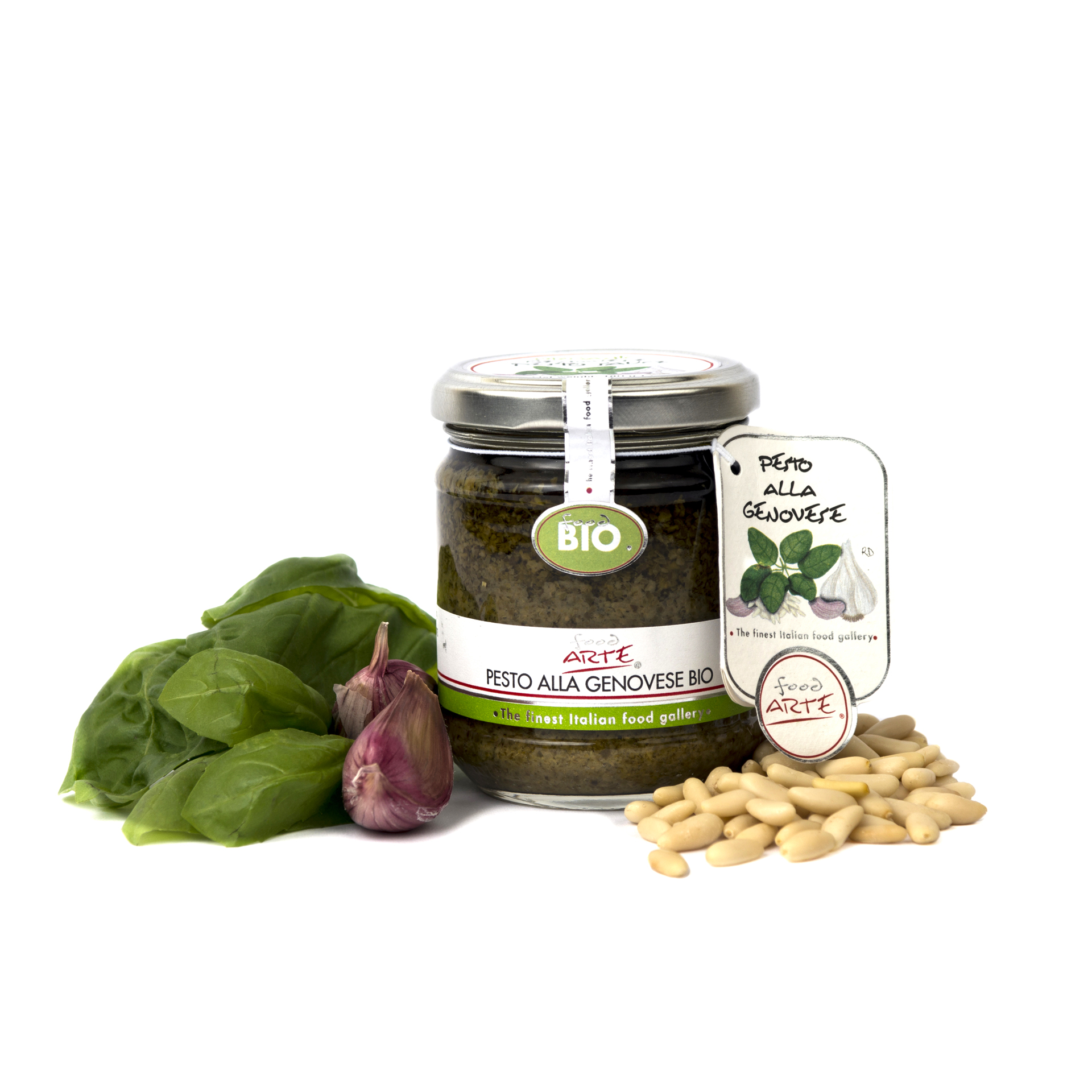FOOD ARTE
PACCHERI
When the Greeks founded Naples in VIII Century BC, they adopted a dish prepared by the natives, a sort of pasta made with barley-flour and water and dried in the sun which they called “macaria” very close to what today is called “maccheroni”. There are references to pasta in Roman times starting in the III century b.C.; following this, in Cicerone’s works dating to the 1st Century b.C. we find him writing about his passion for “laganas” that were sheets of pasta made with wheat flour and water, very similar to what today we call “lasagna”.
3,20$ exc. VAT:
In stock
Additional information
| Weight | 0,520 kg |
|---|---|
| Dimensions | 8 × 15 × 23 cm |
| Ingredients | Durum wheat Semolina, water |
| Recipe | Clean the mussels and the clams. Put a whole garlic clove, some chili pepper in extra virgin olive oil in a saucepan; when they are frying add the mussels with the pulp of a lemon cover and cook up to when they open. In the meantime, in a large pan, fry some chopped garlic and chili pepper and add the clams. Cover and cook up to when they open. Shell both the clams and the mussels, leaving only a few to add a little color to the plate, but keep the water left over from cooking them. Cook the Paccheri and drain them when they are only nearly cooked and put them in the large pan with the mussels and clams. Finish cooking the pasta with all the clam cooking water and with the part of the mussel cooking water that is necessary. Sprinkle with a generous amount of parsley and serve. |
| Curiosity | Pasta contains considerable amounts of minerals such as magnesium, iron, calcium, potassium, zinc, selenium and manganese. |
| Seasonality | All year |
| Gross weight | 520 g./ 18.3 oz. |
| Net weight | 500 g. / 17.6 oz. |
| Shelf life | 24 months |
| Reg |
YOU MAY BE INTERESTED IN






